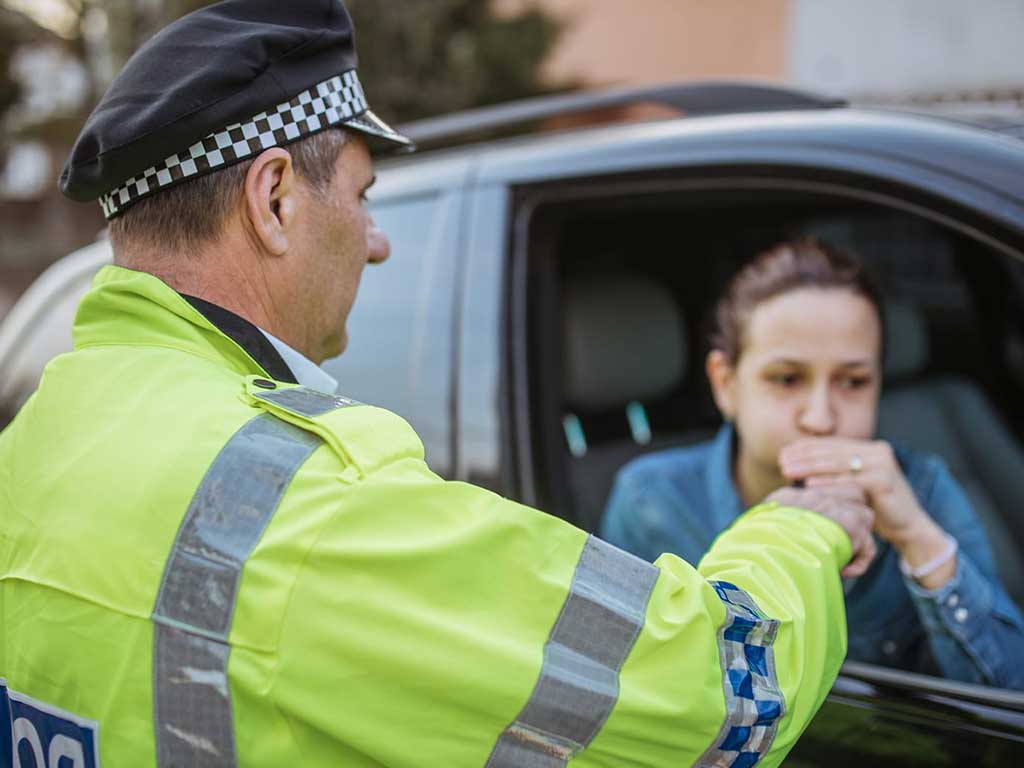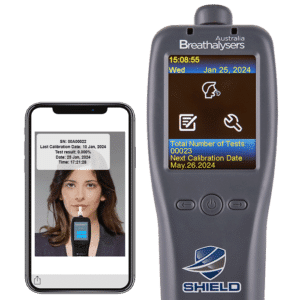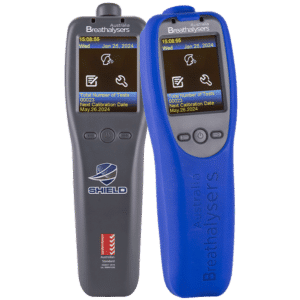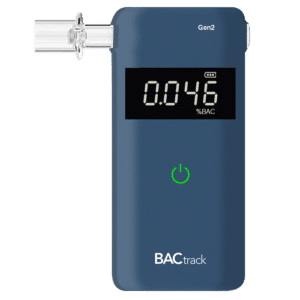False Positive Alcohol Breath Test: Factors, Prevention, and Procedures
21 September, 2023

False positive alcohol breath test results can lead to serious legal consequences for individuals. Several factors contribute to these inaccuracies. These include residual mouth alcohol, alcohol-containing medications or substances, environmental conditions, and device margin of error. To prevent false positives, individuals should avoid such products, be aware of relevant medical conditions, and understand residual mouth alcohol. In the event of a false positive, conducting additional test procedures like blood or urine tests is crucial to confirm accuracy.
A false positive breath test happens when a breathalyser wrongly indicates that a person has consumed alcohol. This can lead to serious consequences, such as accusations of drink driving or legal issues. It is important for individuals to be aware of the possibility of false positives. This article will present false positive breath tests, including the factors that cause them. It will also offer guidance on prevention and outline what to expect if they occur.
Factors that Can Cause False Positive Alcohol Breath Test
Several factors can lead to false positive alcohol breath test results. These can potentially create legal problems for individuals who have not actually consumed alcohol. Firstly, the retention of residual mouth alcohol. It can happen when a person consumes alcoholic drinks, breath sprays, or cough syrup shortly before taking the test. These substances can linger in the mouth, yielding a positive reading on a breathalyser.
Secondly, the usage of certain medications or substances containing alcohol. Many non-prescription medications, like cold remedies or sleep aids, contain small alcohol quantities. Similarly, some asthma medications or cough syrups may also have alcohol content. These substances can enter the bloodstream and trigger a positive breathalyser result, even if no alcoholic beverages are consumed.
Thirdly, environmental conditions also lead to inaccurate results. Breathalyser tests are sensitive to temperature and humidity levels. Extreme temperatures or high humidity can influence test accuracy, causing incorrect readings. Lastly, breathalyser devices have an inherent margin of error. The presence of strong odours, such as those from hot sauces or sugar-free gums, can influence the results.
Other Factors that may Influence the BAC Level
- Age: the metabolism of alcohol gets slower as people age, which means the Blood Alcohol Content (BAC) of older people is higher.
- Weight: a lower body weight is likely to reach a higher BAC level than someone with a higher body weight.
- Gender: women typically have a higher BAC for the same amount of alcohol consumed due to differences in body composition and metabolism.
- Metabolic rate: individuals with a faster metabolic rate break down alcohol more quickly, resulting in a lower BAC level.
- Hydration level: higher levels of hydration can dilute the alcohol in the body, leading to a lower BAC reading.

How to Prevent False Positive Alcohol Breath Test Results
To avoid false positive alcohol breath test results, individuals can take several steps. Firstly, people should consider environmental factors that may affect the test. Substances like mouthwashes, breath sprays, cough syrups, and even alcoholic hot sauces can impact breathalyser results. Therefore, individuals must refrain from using these products right before a breath test to ensure an accurate reading.
Secondly, people with medical conditions like acid reflux or asthma should be aware that these conditions might cause false-positive results. Acid reflux can release stomach acids into the mouth, which breathalyser devices may misread as alcohol. Those with such conditions must consult their doctor or inform law enforcement about their condition before undergoing a breath test.
Lastly, it is vital to understand the concept of residual mouth alcohol. Drinking alcoholic beverages shortly before or during a breath test can leave trace amounts of alcohol in the mouth. This can lead to a positive reading. To prevent this, individuals should wait at least 15 minutes after consuming any alcoholic beverages before taking a breathalyser test.
Guidelines for Testing
To ensure accurate alcohol breathalyser tests, individuals should adhere to some important guidelines. For instance, proper breathing technique is essential during the test. It involves taking a deep breath and blowing steadily into the breathalyser for a specified duration. Quick, shallow breaths or forceful blowing can affect the accuracy of the reading.
Additionally, regular device calibration is essential for accurate results. Breathalyser devices should be regularly calibrated according to manufacturer guidelines. Calibration ensures that the device is functioning correctly and providing accurate readings. Failure to calibrate the device regularly can lead to incorrect readings, potentially causing false positive results and complicating legal matters.

What Happens After a False Positive Alcohol Breath Test
When a false positive alcohol breath test occurs, the consequences can be serious and far-reaching. In many cases, it may result in an arrest, causing the person to be faced with severe penalties. These include jail time, fines, alcohol interlock, or license suspension. This can be a frightening and humiliating experience, especially if the person knows they are innocent or have consumed very little alcohol.
Additionally, a false positive breath test can have long-term implications for the individual’s criminal record and personal life. It can impact employment opportunities, insurance rates, and personal relationships. Therefore, it is crucial for individuals to mount a strong defence against a false positive breathalyser result.
Fortunately, a false positive test can be challenged and disproven with the help of a skilled criminal defence attorney. They can examine the specific circumstances surrounding the test. These include the presence of environmental factors or the use of substances that might lead to false readings. Moreover, the attorney can question the accuracy of the breath test device used or challenge the interpretation of the results.
Other Test Procedures for Confirmation
It becomes crucial to conduct additional tests for confirmation when dealing with a false positive test. One common approach is to perform a blood test, which involves drawing a blood sample and analysing it for alcohol presence. This method is favoured for its higher accuracy and reliability, as it eliminates the potential for inaccurate readings.
Another frequently employed test for confirmation is the urine test. This procedure involves gathering a urine sample from the individual and checking it for the presence of ethyl alcohol. Although not as precise as a blood test, a urine test can still yield valuable insights into the individual’s alcohol consumption.
Conclusion
Several factors can cause false positive alcohol breath test results. These include residual mouth alcohol, medications with alcohol content, environmental conditions, and the inherent margin of error in breathalyser devices. To prevent false positives, individuals should abstain from specific products, be mindful of their medical conditions, and wait after consuming alcohol. If a false positive occurs, it can lead to legal consequences and long-term repercussions. Skilled criminal defence attorneys can challenge these results by examining circumstances and questioning test accuracy.
To ensure accurate alcohol breathalyser tests, individuals must follow essential guidelines, including proper breathing technique and regular device calibration. Failure to adhere to these guidelines can result in inaccurate readings and legal complications. When faced with a false positive test result, it is crucial to perform additional confirmation tests. These tests, such as blood or urine tests, help ascertain the individual’s true alcohol consumption.






























